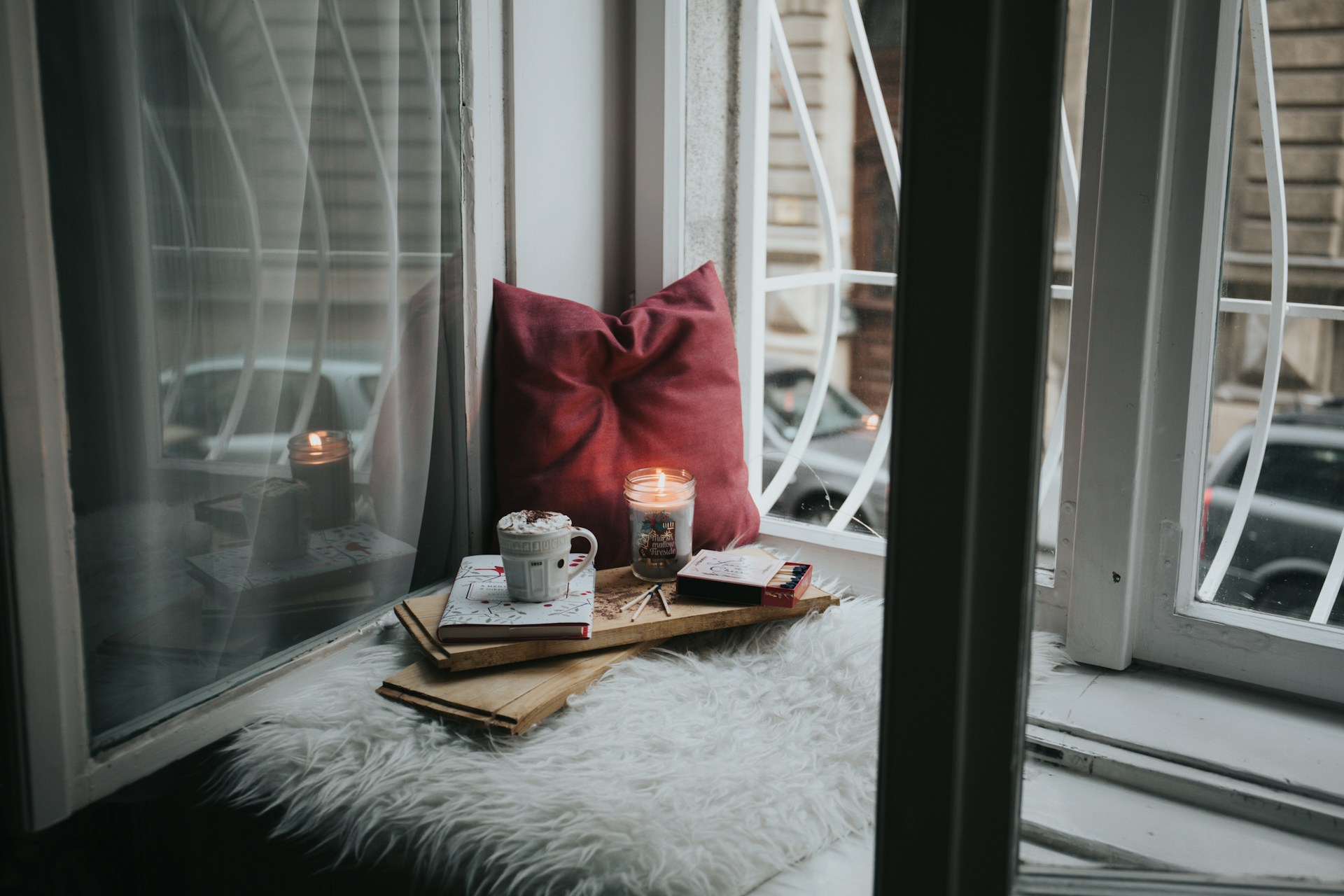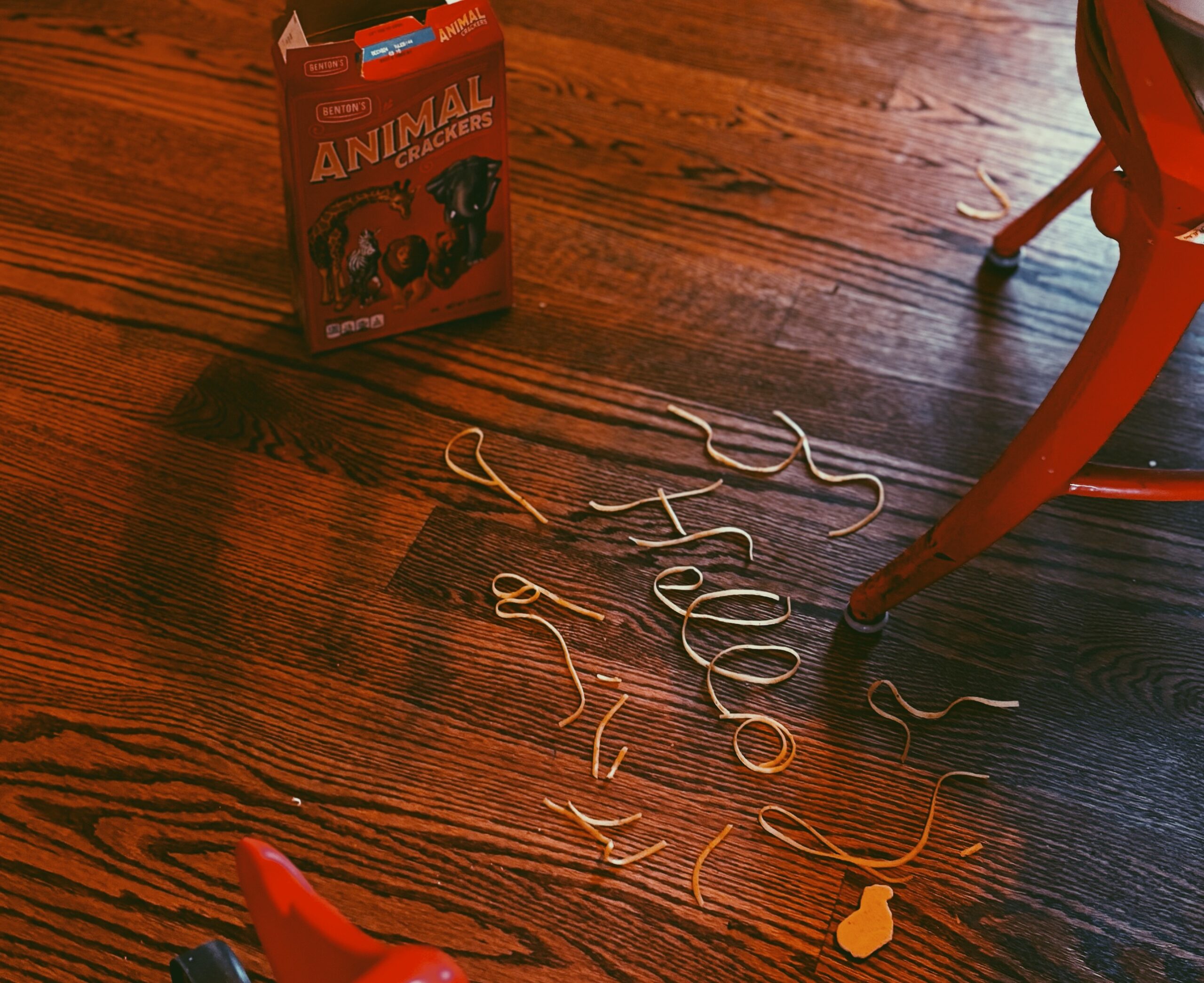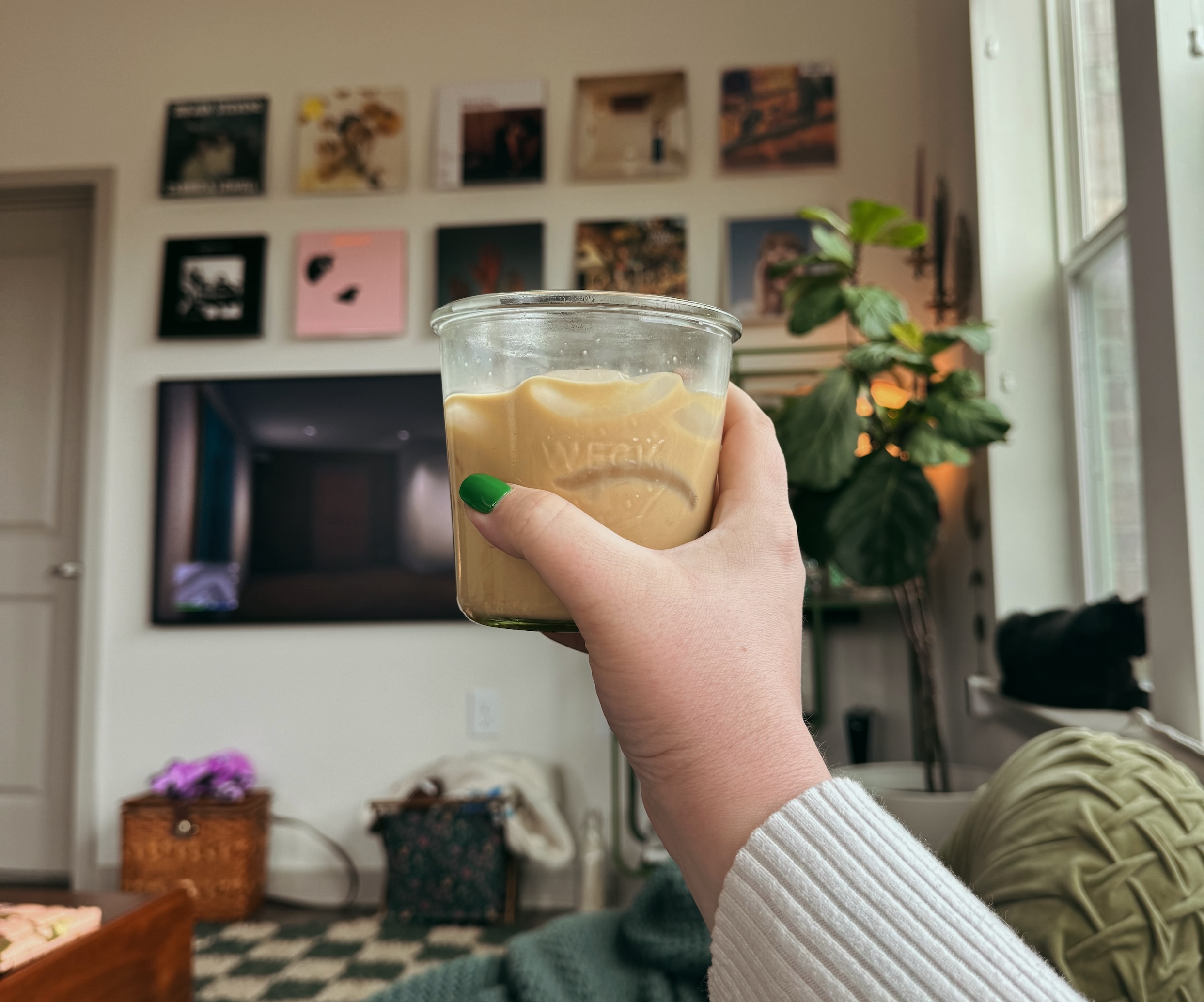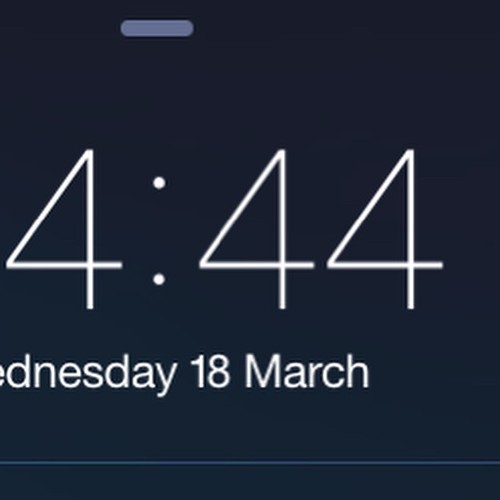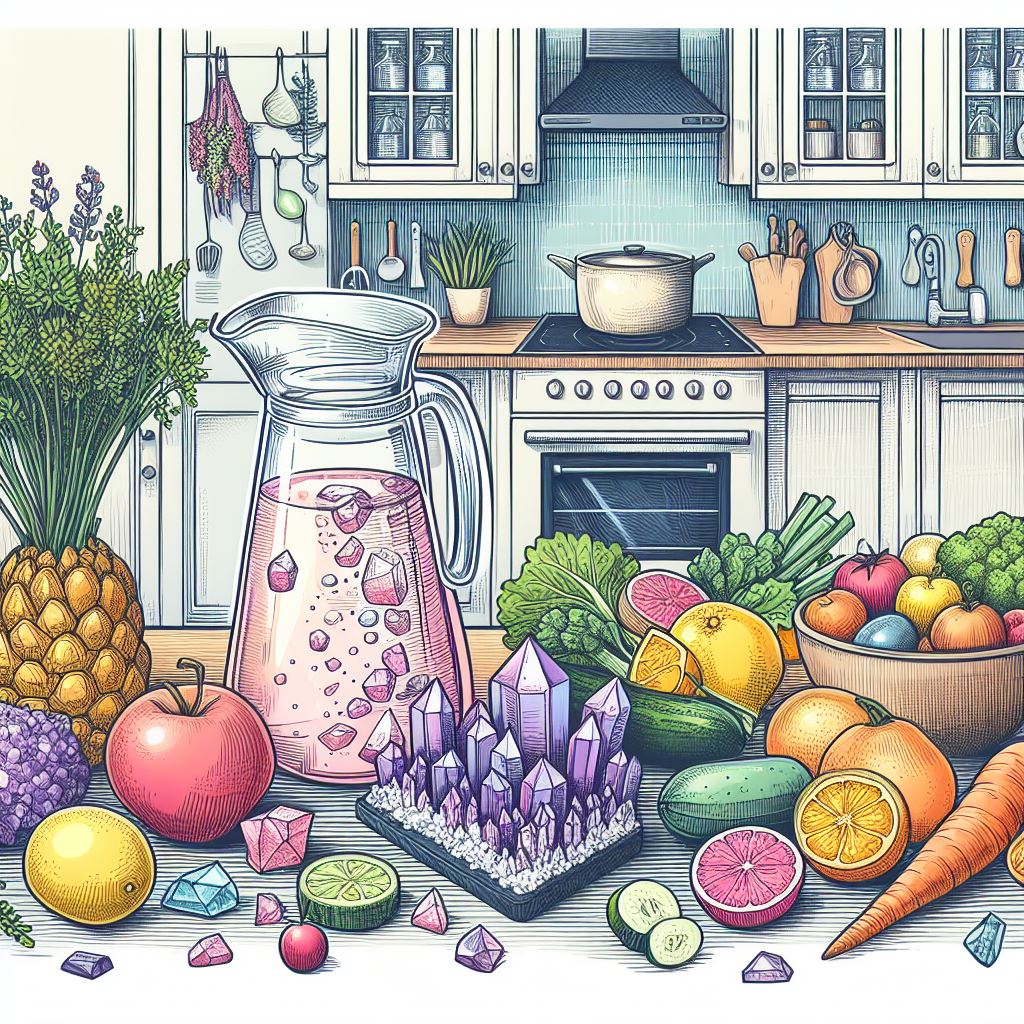Tarot and oracle cards have long fascinated those interested in spirituality and self-exploration. In recent years, creating custom decks has become a popular way to personalize this ancient practice. This article will guide you through every step of creating your own tarot or oracle card deck.
Whether you’re an artist, a spiritual seeker, or just curious about this creative process, you’ll find valuable insights and practical tips to help you embark on this unique and fulfilling journey.
Understanding Tarot vs. Oracle Cards
Tarot Cards: A Brief Overview
Tarot cards, with their origins in 15th-century Europe, are steeped in mystery and tradition. A standard tarot deck comprises 78 cards, including 22 Major Arcana cards representing life’s karmic and spiritual lessons, and 56 Minor Arcana cards reflecting the trials and tribulations of daily life. Each card carries specific imagery, symbolism, and stories, offering a complex framework for divination and self-reflection.
Oracle Cards: Defining the Unconventional
Oracle cards, in contrast, are more free-form and lack the traditional structure of tarot. They can contain any number of cards, often centered around a particular theme or concept. These decks are known for their diversity and flexibility, allowing creators and users to tap into their intuition in a more personalized way.
Key Differences
While both types of decks are used for similar purposes, the key difference lies in their structure. Tarot has a fixed system, which can be intricate and take time to master. Oracle cards, being less rigid, offer a more accessible entry point for those new to card reading and deck creation.
The Significance of Imagery and Symbolism
Imagery and symbolism are the heart and soul of tarot and oracle cards. They’re not just decorative elements; they convey the deeper meanings and messages of the cards. A well-designed card speaks directly to the subconscious, triggering insights and emotions that words alone cannot.
Choosing the Right Symbols
When creating a deck, consider the universal and personal symbolism that resonates with your theme. It’s a delicate balance between honoring traditional meanings and infusing your personal or innovative interpretations. Research the historical and cultural significance of symbols to ensure they align with your deck’s purpose.
Intuitive and Traditional Meanings
Understanding traditional symbolism in tarot, such as the significance of swords representing conflict or cups denoting emotions, is crucial. However, adding an intuitive touch by incorporating your unique perspectives and experiences can make your deck stand out and connect more deeply with its users.
Choosing a Theme for Your Deck
A cohesive theme not only makes your deck visually appealing but also ensures consistency in the messages and symbolism across the cards. A theme can be anything that inspires you – nature, myths, abstract concepts, or personal experiences.
Brainstorming and Selecting a Theme
Start by jotting down ideas and concepts that resonate with you. Look for inspiration in art, literature, nature, or your own life. Consider how your theme can be expressed through imagery and symbolism, and how it will resonate with the users of your deck.
Popular Themes
Some common themes include nature, drawing inspiration from the natural world; mythology, using gods, goddesses, and mythological stories; and abstract, focusing on concepts like love, growth, or transformation. Your theme should be something you’re passionate about, as this passion will be reflected in your artwork and interpretations.

Designing Your Cards
Designing your cards is where creativity meets functionality. The visual appeal of your deck is crucial in drawing people in, but each card must also serve its purpose in the reading.
Basics of Card Design
Start with the basics – layout, color theory, and typography. The layout should be clean and focused, allowing the imagery to stand out. Color theory can help convey emotions and themes. Typography, while often overlooked, is vital for readability and aesthetic coherence.
Balance Between Art and Function
Your artwork should be more than just beautiful; it should also convey the meaning of the card effectively. A minimalist design might work for a modern, abstract theme, while a more detailed, intricate style suits a historical or mythological theme.
Digital vs. Hand-Drawn
Decide whether to create your artwork digitally or by hand. Digital art offers more flexibility and ease of editing, while hand-drawn art can add a personal, organic touch. Consider your skills and the feel you want for your deck when making this decision.
Writing the Guidebook
The guidebook is an essential companion to your deck, providing interpretations and insights for each card. It helps users understand your vision and connect with the cards on a deeper level.
Purpose of the Guidebook
The guidebook should offer clear, concise interpretations of each card. It can also include suggested spreads, tips for reading, and any other information that enhances the user’s experience.
Balancing Interpretations
Offer detailed explanations but leave room for personal interpretation. The beauty of tarot and oracle cards lies in their ability to speak differently to each person. Your guidebook should encourage this personal exploration.
Structuring the Guidebook
Organize your guidebook in a way that’s easy to navigate. Start with an introduction to the deck and its theme, followed by individual descriptions of each card. Include both the general meaning and any specific details that are unique to your deck.
Production and Printing
Creating a physical manifestation of your deck requires careful consideration of materials and printing processes. This is where your digital or hand-drawn designs become tangible items that can be held and used.
Choosing the Right Materials
The quality of card stock and the finish (matte, glossy, linen) significantly impact the feel and durability of your deck. Thicker card stock is more durable but can be harder to shuffle. A matte finish can enhance the artwork, while a glossy finish might be more resilient.
Overview of the Printing Process
Understanding printing techniques is crucial. Options range from digital printing, suitable for small batches and vibrant colors, to offset printing, ideal for larger runs and consistent quality. Research printers who specialize in card decks to ensure the best results.
DIY vs. Professional Printing
For a more hands-on approach, DIY printing is an option, though it can be time-intensive and less consistent in quality. Professional printing, while more expensive, offers expertise and equipment that can greatly enhance the final product.
Marketing and Sharing Your Deck
Once your deck is created, the next step is to share it with the world. Marketing is about building a connection with potential users and creating a community around your deck.
Building a Community
Engage with potential users through social media, blogs, and online forums. Share your process, the story behind your deck, and how it can be used. Building a community creates a base of interested users and helps spread the word.
Marketing Strategies
Utilize platforms like Instagram, Etsy, or Kickstarter to showcase and sell your deck. Consider collaborations with influencers or tarot readers who can introduce your deck to a wider audience. Good marketing tells a story that resonates with potential users.
Storytelling in Promotion
Your deck has a unique story – from the inspiration behind it to the creation process. Share this story in your marketing. People connect with stories and are more likely to engage with a product that has a personal, authentic backstory.
Ethical Considerations and Cultural Sensitivity
As a deck creator, it’s essential to approach your work with respect and sensitivity, especially when dealing with cultural, spiritual, or historical themes.
Responsibility of the Creator
Be aware of the significance and origins of the symbols and themes you use. Avoid misrepresenting or trivializing cultural and spiritual practices. Your work should honor and respect the traditions and cultures it draws from.
Avoiding Cultural Appropriation
Cultural appropriation is a serious concern in deck creation. Ensure that you’re not using cultural elements in ways that are disrespectful or harmful. If in doubt, seek advice from members of the culture you’re representing.
Inclusivity and Respect
Strive to create a deck that is inclusive and respectful. Consider diversity in your imagery and themes, and be mindful of how your deck might be perceived by people from different backgrounds.
Creating your own tarot or oracle deck is a journey of artistic expression, spiritual exploration, and personal growth. It’s a process that allows you to share a part of yourself with others, providing them with a tool for reflection and insight.
Whether you’re an experienced artist or a beginner, the world of tarot and oracle card creation is an enriching and rewarding experience, full of possibilities and discoveries. Remember, the key is to stay true to your vision, be mindful of the impact of your work, and enjoy the creative process.



